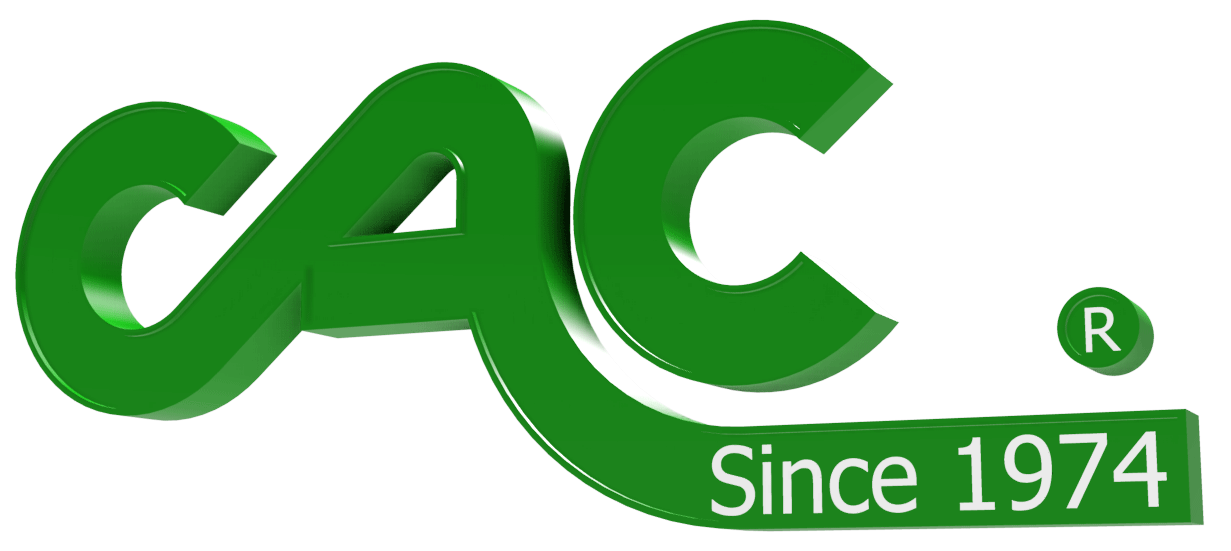There are many factors to scrutinize when considering adding slitting to an existing converting process where there is no slitting. As with many things in life, it's just not as simple as it appears. Simply adding some framework and slitting knives should be all it takes, right? Nope, it's just not that cut and dry. Here are some things to think about before making the plunge into adding slitting capability to your already existing process:
- It may sound obvious, but it's extremely important to understand what types of slitting are available and which is best for your material and application. Each type of slitting includes its own advantages and disadvantages too numerous to detail in this tech tip (keep in mind whole, technical texts have been written and multi-day seminars conducted covering such subjects). The most common types of slitting include:
- Score slitting - slitting using the principals similar to a pizza cutter. This type of slitting includes a top slitting knife(s) that is "loaded" in some manner against a hardened steel anvil roller. The web is fed between the top slitting knife(s) and the hardened steel anvil roller. The force applied to the web at the nipping point of the top slitting knife and anvil roller is so great that the web is "broken" at the nipping point and a slit web is the end result.
- Shear slitting - slits like a pair of scissors. This type of slitting include a top rotary blade, which is side-loaded against a bottom rotary blade. The web is passed through the mating blades and the cutting action of top blade to bottom slits the web.
- Razor slitting - normally a stationary razor blade with the web passing across the blade. Razor slitting can be done "in air" or a grooved roll may be used if the web requires more support as it is being slit.
- Does whatever slitting method you select need to be driven? Typically, shear slitting is always driven. Score and razor (with grooved roller) may be driven or not, depending on the specifics of your application. If driving the slitting process, how will you synchronize drive speed or provide constant over-speed (typically desired with shear slitting).
- Consider geometry of the web relative to the slitting area. Wrap angles can vary greatly depending on the type of slitting you are doing and what is best to slit your material.
- The slitting area should have lead-in and especially lead-out idler rollers to properly support the web through the slitting process.
- Are you edge trimming? If so, what will you do with the scrap edge trims? Tension control issues, guiding issues and the desire to keep trim width to a minimum may make it impossible to rewind scrap edge trims on the rewind shaft. Separate scrap rewind stations may be necessary. Pneumatically conveying scrap edge trim may be desirable because it eliminates the need for controlling tension on narrow scrap edge trims. Pneumatic conveying systems can deliver scrap right to the waste collection area or recycling area, saving the time associated with handling scrap rolls.
- Are you slitting multiple slit widths? Do you want to rewind those slit widths into finished rolls? If so, differential winding shafts will, most likely, be needed to replace your locked core winding (generally used for single roll winding). Slit separation, typically using bowed rolls, may be necessary to prevent roll interleaving as they are rewound. Duplex winding (two separate rewind shafts) may be necessary to properly rewind, eliminating the possibility of roll interleaving.
Bottom line, it's important that you realize that adding slitting to existing machine incorporates many factors to properly slit and rewind rolls without defect. It's a far jump from just cutting your single web into multiple webs. When any web is slit, each slit width then becomes "its' own web". In other words, each slit width must be handled, individually, in your machine with the same care as the parent (prior to slit) web. Web thickness variations, web length variations (yes that is very common in almost any converting operation) and non-uniform tension across the width of the pre-slit web can cause havoc when handling each, post-slit, slit width. Skewed rollers, improper tension control, incorrect web geometry, drive synchronization issues and improper or non-existent web guiding are just some of the potential machine oriented issues, which must be considered.
Jeffrey Damour, Converter Accessory Corporation, 800-433-2413
|







